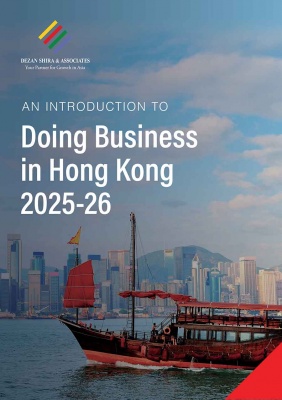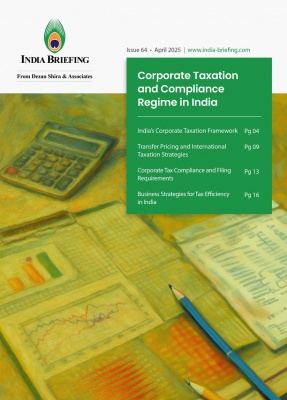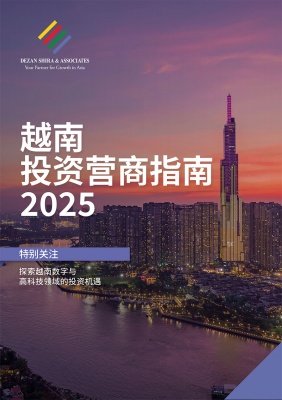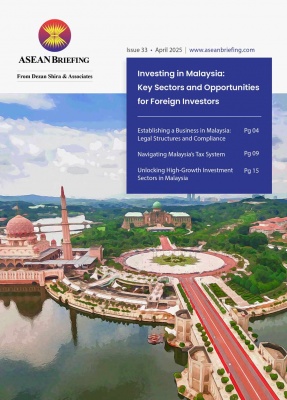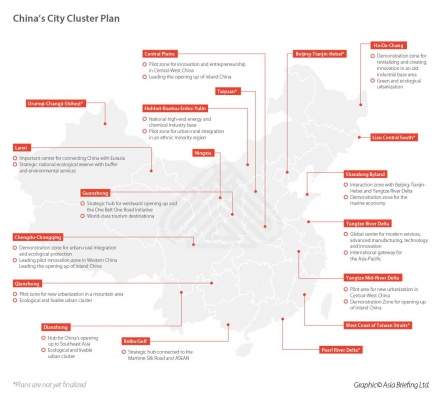
Our collection of resources based on what we have learned on the ground
China's City Cluster Plan
MultimediaOur latest podcast explains the evolution of China's urban planning and maps out the road to building 19 super regions throughout the country to sustainably manage an urban population on course to hit 1 billion.
Our latest podcast explains the evolution of China's urban planning. With an urban population on course to hit 1 billion by 2030, the country plans to build 19 city clusters to sustainably manage its rapid urbanization. China’s city cluster plan consists of 8 medium and 8 small sized clusters as well as 3 “super” clusters. The central government prioritizes these 3 super clusters to become world class clusters by 2020, meaning that they will be the most innovative and internationally competitive, driving national economic development. In this podcast we focus on these 3 super clusters: The Pearl River Delta, the Yangtze River Delta, and the Beijing Tianjin Hebei cluster.
The Peral River Delta (PRD):
Located in the south east, this region consists of a dense network of cities that covers nine prefectures of the province Guangdong as well as Hong Kong and Macau. The government plans to transform this area into the “Guangdong-Hong Kong-Macau Greater Bay Area (GBA)” with a GDP of $4.62 trillion USD by 2030. This initiative will also have international impacts beyond the GBA, as the region is located on the maritime section of China’s ambitious Belt & Road Initiative.
The Yangtze River Delta:
Located on China’s east coast, this region is made up of the Shanghai municipality, Jiangsu, Zhejiang, and Anhui provinces. Currently, the Yangtze River Delta is China’s richest region per capita and was one of the first regions in the country to develop and open up. By itself, the Yangtze River Delta cluster is an ambitious project. However, the Chinese government plans to extend these ambitions even further by exploiting the full length of the Yangtze River, which includes three city clusters, two municipalities, and nine provinces.
The Beijing Tianjin Hebei Cluster:
Located in the north east this cluster is also known as Jing-Jin-Ji. Areas within the Jing-Jin-Ji region already have their own strengths in specific areas. However, the government’s integration plan requires all regions in this cluster to work together and for resources to be balanced more optimally. Also, for city clusters to be successful, not only is a strong core city required (such as Beijing) but satellite cities must also be economically strong and sufficiently integrated. This is currently not the case in Jing-Jin-Ji, and there are concerns that the region lacks the ability to achieve this in the future.
While China’s city cluster plans are certainly quite ambitious (some say that they are a bit unrealistic), so far they prove to be quite promising, having already delivered a productivity boost in some regions. Foreign investors looking to enter the Chinese market, should approach clusters with caution and diligence, recognizing that they provide lots of potential opportunities for businesses.
To contact one of our experts about your business venture in Asia, click here.
< BACK TO LIBRARY
Subscribe to receive latest insights directly to your inbox
Subscribe NowOur Clients
Discover our esteemed global clients across diverse sectors. We believe in providing our clients with exceptional service and a commitment to being their partner for growth in Asia.
See what our clients say about us